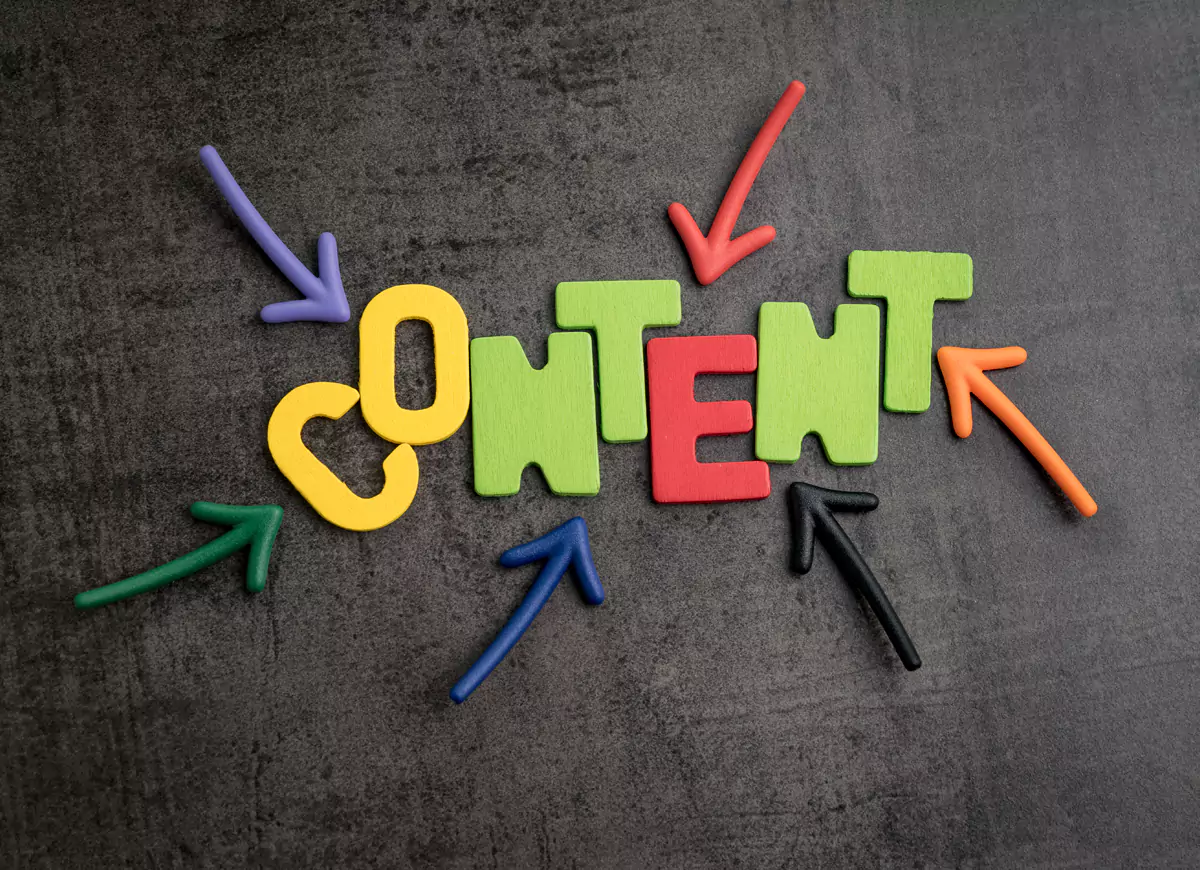Conversion Rate Optimisation (CRO) is an integral part of your marketing efforts. It is a strategy that aims to increase the number of people who visit your website, click on content and complete desired actions. When done correctly, it can have a significant impact on your bottom line by increasing online sales conversions. But the question is, ‘How to get started with CRO’?
Here in this guide, we will answer all your questions about conversion rate optimisation, from the challenges and problems you experience to the strategies used by the leading conversion rate optimisers. So let’s begin.
What is Conversion Rate Optimisation?
Before getting into the topic of what conversion rate optimisation (CRO) is, we should first acknowledge and understand what a “conversion rate” actually is. Conversion rate is the number of visitors that converts into leads for your business. It is not only a critical element of your marketing strategy but also a crucial metric that gives context to your site’s performance within Google Analytics. Conversion rate gives you a clear indication of how many users entered your website and how many became customers. If a conversion rate is low, there’s no better indication that your site needs improvement. Understanding this metric is
crucial if you want to improve your online business results
Conversion rate optimisation (CRO) is a technique for increasing the number of conversions, or sales, on your website. You can use CRO to increase the conversion rate of your site as a whole or to increase conversion rates for highly profitable actions such as sales, memberships and fundraising. There are tons of conversion rate optimisation tools out there that help you improve your conversion rate. But before we get into that, let’s understand the formula to calculate the conversion rate for your business.
How to Calculate Conversion Rate?
As a business owner, you need to know what your conversion rate is. It will help you plan future campaigns and optimise your current ones. To calculate your conversion rate, you’ll need to know how many visitors you have and how many of them convert into customers. To get a rough estimate of your conversion rate, you can use Google Analytics or similar conversion rate optimisation tools that provide analytics data for traffic sources.
The Conversion rate is the number of people who convert into buyers divided by the total number of visitors, multiplied by 100 to get a percentage. For example, if you had 50 leads from 1,000 visitors, your conversion rate would be 5%. And a good conversion rate lies between 2 to 5%.

Conversion Rate Optimisation Strategies
Conversion rate optimisation is one of the key elements to growing your business. It has been proven that the secret to growing a digital marketer’s business is to better optimise its conversion chances. But how to get started with CRO? To illustrate this point, here are some great tips on how you can optimise and boost your website conversion rates.
A/B Testing
The first step in conversion rate optimisation is to test your campaigns, landing pages and offers. You can do this by using A/B testing. A/B testing is essentially split testing, where you split a group of visitors into two groups: one group receives the A version of your page, and the other group receives the B version. A/B testing will show how your customers respond to different versions of the same webpage. You can then make changes based on which elements work best and eliminate those that don’t perform.
For example, let’s say you have an eCommerce site and you want to increase sales from 10% to 15%. You could run two separate A/B tests: one with “Buy Now” as the headline and another with “Buy Now” as the headline, and “Add to Cart” as the CTA button. In each test, you would only show each variant for 1% of your traffic to give it a fair chance of increasing sales. Depending on the results, you can then decide which version generates more conversions, which can then be used on all pages.
Create CTAs that Anticipate User Needs
Conversion rate optimisation (CRO) is about creating the right customer touchpoints in the right place and at the right time, to maximise the likelihood of conversion. This means making sure that your CTA buttons are easy for users to find and understand and that they provide value for them. A CTA is a call-to-action button that indicates what action you want your audience to take. The most effective CTAs link directly to the product or service you’re selling. For example, when selling a product like an app, you should ask people to “download” the app to get started.
Improve Your Site’s Design
One of the most common reasons websites fail to convert visitors into buyers is that they aren’t intuitive enough. The design of your website is a crucial part of your conversion rate optimisation strategy. It also plays an important role in how visitors perceive your brand. If you want more conversions, make sure your site looks professional and has a good design.
Here are some useful tips for enhancing your site’s design:
- Use lots of images and videos instead of text. People are more likely to read or watch an image than to read a long paragraph.
- Make sure that your content is easy to read and comprehend. Use short sentences and paragraphs, and keep things simple using bullet lists or tables.
- Add simple navigation bars across the top of your pages. It will help visitors find their way around quickly and improve their user experience.
Reduce On-Page Distractions
Reducing on-page distractions can significantly improve visitor’s engagement and make them spend more time on your site. These distractions include advertisements, pop-ups, videos and banners that interrupt users while they are reading content or filling out forms on the page. The goal of every marketing campaign should be to encourage people to complete their desired action as quickly as possible. Having a clean and functional website enables visitors to find what they want quickly, stay longer on your site, and convert more often. You can achieve this by removing unnecessary features such as animated banner ads, pop-ups etc. Users are more likely to buy when they don’t have to interact with any other page to complete their purchase.
Create a Sense of Urgency
Creating a sense of urgency is an effective strategy that you can do to increase your website’s conversion rate. You can use different techniques to make your visitor feel like they are missing out on something if they don’t act immediately. This tactic works because you’re using psychology against yourself. By making the user feel like there isn’t time for them to read through everything on your site before the offer is gone forever, you give them an incentive to act quickly. For example, you can use countdown timers or other promotional campaigns that get people excited about making their purchases before time runs out.
Final Words
Knowing the ins and outs of conversion rate optimisation in 2022 is crucial for every business owner. Remember to keep your goals and target audience at the forefront of your mind when making decisions about your CMO campaigns. And always make sure to stay ahead of the competition with data-driven campaigns that yield better results than your competitors do. Hopefully, you now know what conversion rate optimisation is better than you did before. If there is anything that we missed or you would like explained in more detail, please feel free to reach out.



















No comments yet.